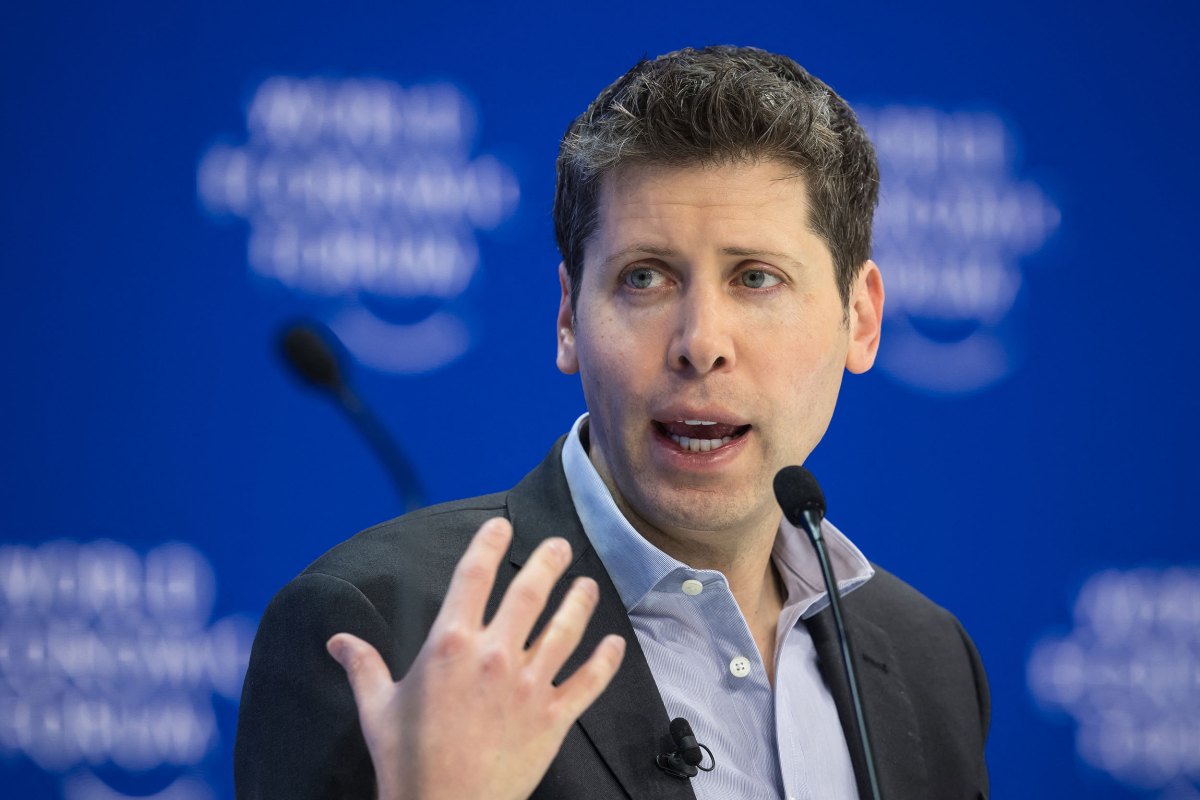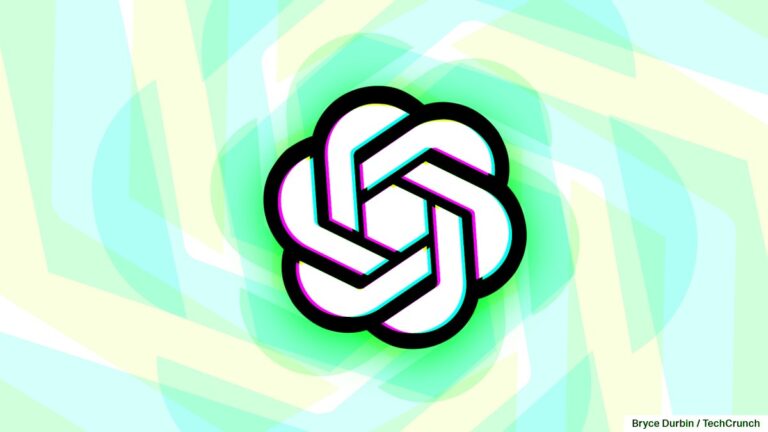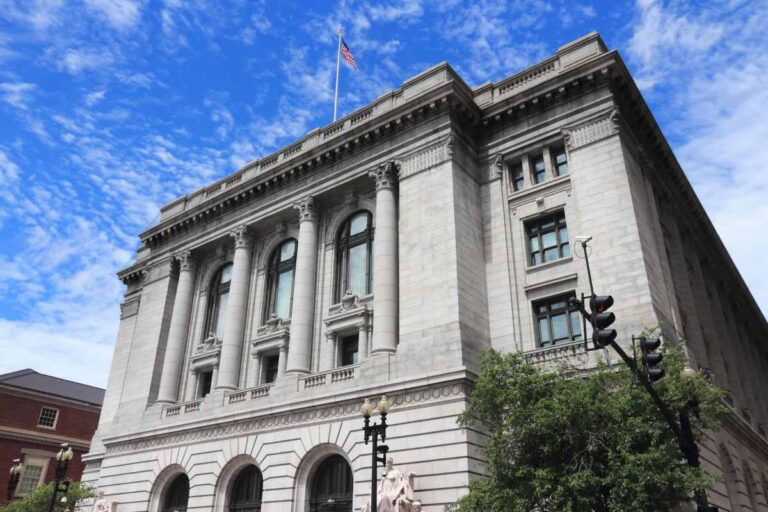OpenAI to Revamp Safeguards in Response to High-Risk AI Developments by Competitors
OpenAI has recently revamped its Preparedness Framework, which serves as a critical internal mechanism for evaluating the safety of AI models and implementing necessary safeguards throughout their development and deployment phases. This update highlights OpenAI’s commitment to maintaining high safety standards for AI systems, even amidst increasing competitive pressures in the rapidly evolving AI landscape.
Key Changes in OpenAI’s Preparedness Framework
The latest modifications to the Preparedness Framework indicate that OpenAI may reconsider its safety requirements if rival AI labs release high-risk systems lacking adequate protections. This decision comes in response to mounting competitive pressures to expedite the deployment of AI models. Critics have accused OpenAI of compromising safety in favor of quicker releases, raising concerns about the adequacy of its safety testing protocols.
Concerns from Former Employees
Recently, a group of 12 former OpenAI employees submitted a brief in support of Elon Musk’s ongoing legal case against the company. They argue that the planned corporate restructuring could lead OpenAI to further neglect safety standards. In a blog post published on Tuesday, OpenAI acknowledged the potential for adjustments to its safety protocols but emphasized that such changes would not be made lightly.
“If another frontier AI developer releases a high-risk system without comparable safeguards, we may adjust our requirements,” the company stated. “However, we would first rigorously confirm that the risk landscape has actually changed, publicly acknowledge that we are making an adjustment, and ensure that the adjustment does not significantly increase the overall risk of severe harm.”
Increased Reliance on Automated Evaluations
OpenAI also announced a shift towards a greater reliance on automated evaluations to accelerate product development. While human-led testing remains part of the process, the company is implementing a “growing suite of automated evaluations” to keep pace with faster release schedules. However, some reports suggest that this approach may come at the cost of thorough safety checks.
- The Financial Times reported that testers were given less than a week to conduct safety checks for an upcoming major model.
- Sources indicated that many safety tests are now performed on earlier versions of models rather than the final public releases.
OpenAI’s Response to Safety Criticism
In response to allegations of reduced safety commitments, OpenAI has firmly stated that it is not compromising on safety. The updates to the Preparedness Framework also involve how models are categorized based on risk levels, particularly focusing on models that can:
- Conceal their capabilities
- Evade safeguards
- Prevent their shutdown
- Self-replicate
OpenAI will evaluate models based on two key thresholds: “high capability” and “critical capability.” The former pertains to models that could amplify existing pathways to severe harm, while the latter refers to those introducing unprecedented new pathways to severe harm. “Covered systems that reach high capability must have safeguards that sufficiently minimize the associated risk of severe harm before they are deployed,” OpenAI clarified in its blog post.
Conclusion
The recent updates to OpenAI’s Preparedness Framework represent the first significant changes since 2023. As the AI landscape continues to evolve, maintaining rigorous safety standards will be crucial for ensuring the responsible deployment of advanced AI technologies.
For more insights on AI safety and governance, explore our related articles on AI Safety Protocols and Regulations in AI Development.







